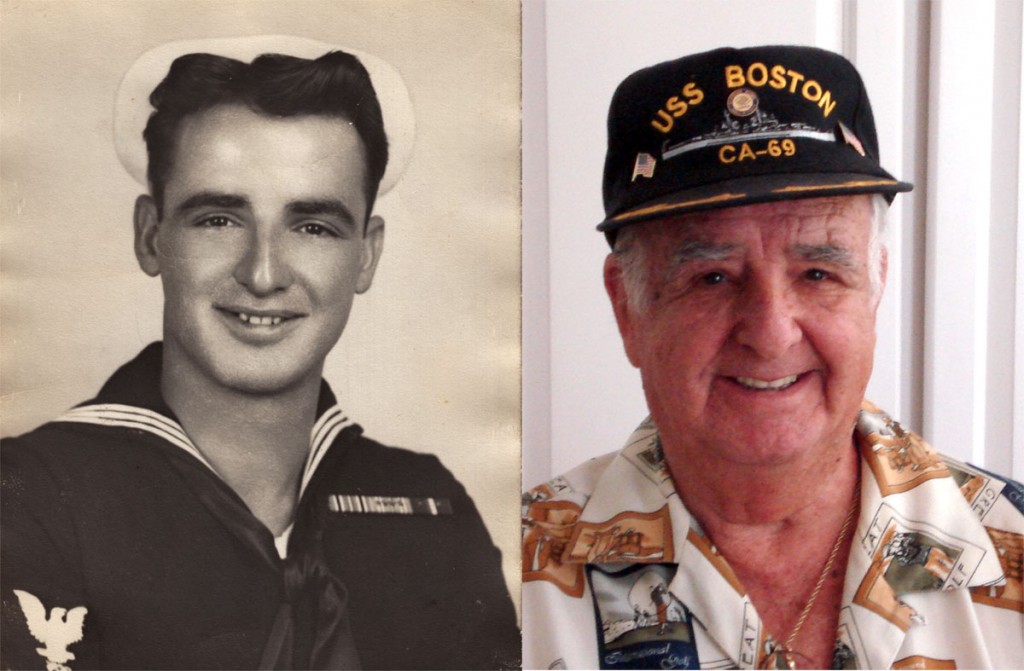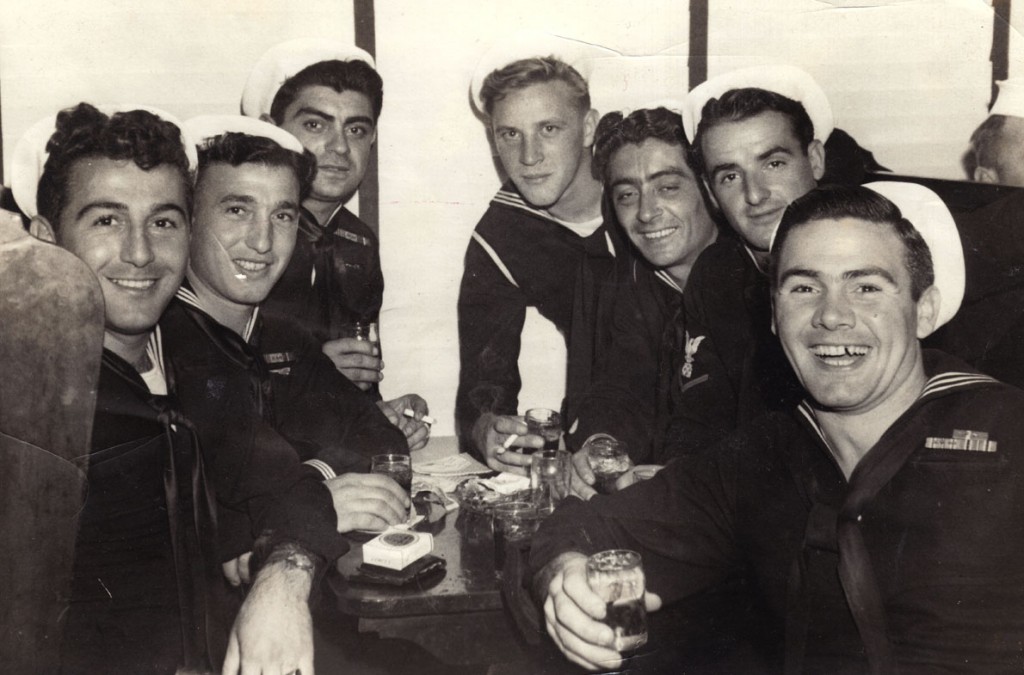In November 1943, the USS Boston got it’s first flag visit, it briefly became the flag ship of Rear Admiral Leo H Theband. Interesting, during this ‘visit’, 10 crew members of the USS Boston were transferred to the Admiral’s crew. Specifically, a cook, 3 Stewarts and Stewart Mates, 3 Yeomen (sort of administrative assistants), a Radar Operator, a Signalman and a Boswains Mate. From this point forward, when the Admiral moved ships his posse went with him!
Admiral Theband was the Rear Admiral in charge of Cruiser Division 10, which had the Boston as the flagship (at least in November 1943!)
Database update: I have 2,389 entries, 1749 sailors with searchable records. I’ve spent this week fixing a problem I had: I assumed that a sailor came on to the Boston once and left, this was a serious flaw. We have many sailors who come and go (like to the hospital, or AWOL, or on temporary assignment). The record now allows the same sailor to come and go many times.
Use the contact us link to ask any questions!
-Bill


